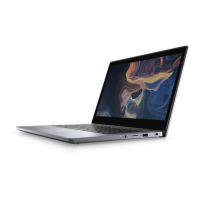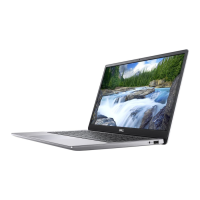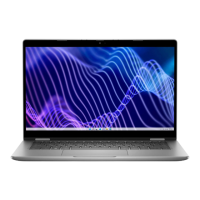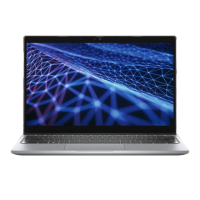Technology and components
NOTE: Instructions provided in this section are applicable on computers shipped with Windows operating system. Windows
is factory-installed with this computer.
Topics:
• DDR4
• Graphics options
• Supported hard drives
• HDMI 1.4a
• Battery Specifications
• USB features
• USB Type-C
• Media Card Readers
DDR4
DDR4 (Double Data Rate fourth generation) memory is a higher-speed successor to the DDR2 and DDR3 technologies and
allows up to 512 GB in capacity, compared to the DDR3's maximum of 128 GB per DIMM. DDR4 synchronous dynamic random-
access memory is keyed differently from both SDRAM and DDR to prevent the user from installing the wrong type of memory
into the system.
DDR4 needs 20 percent less or just 1.2 volts, compared to DDR3 which requires 1.5 volts of electrical power to operate. DDR4
also supports a new, deep power-down mode that allows the host device to go into standby without needing to refresh its
memory. Deep power-down mode is expected to reduce standby power consumption by 40 to 50 percent.
DDR4 Details
There are subtle differences between DDR3 and DDR4 memory modules, as listed below:
Key notch difference
The key notch on a DDR4 module is in a different location from the key notch on a DDR3 module. Both notches are on the
insertion edge but the notch location on the DDR4 is slightly different, to prevent the module from being installed into an
incompatible board or platform.
Figure 5. Notch difference
Increased thickness
DDR4 modules are slightly thicker than DDR3, to accommodate more signal layers.
4
80 Technology and components
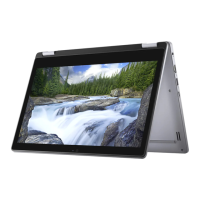
